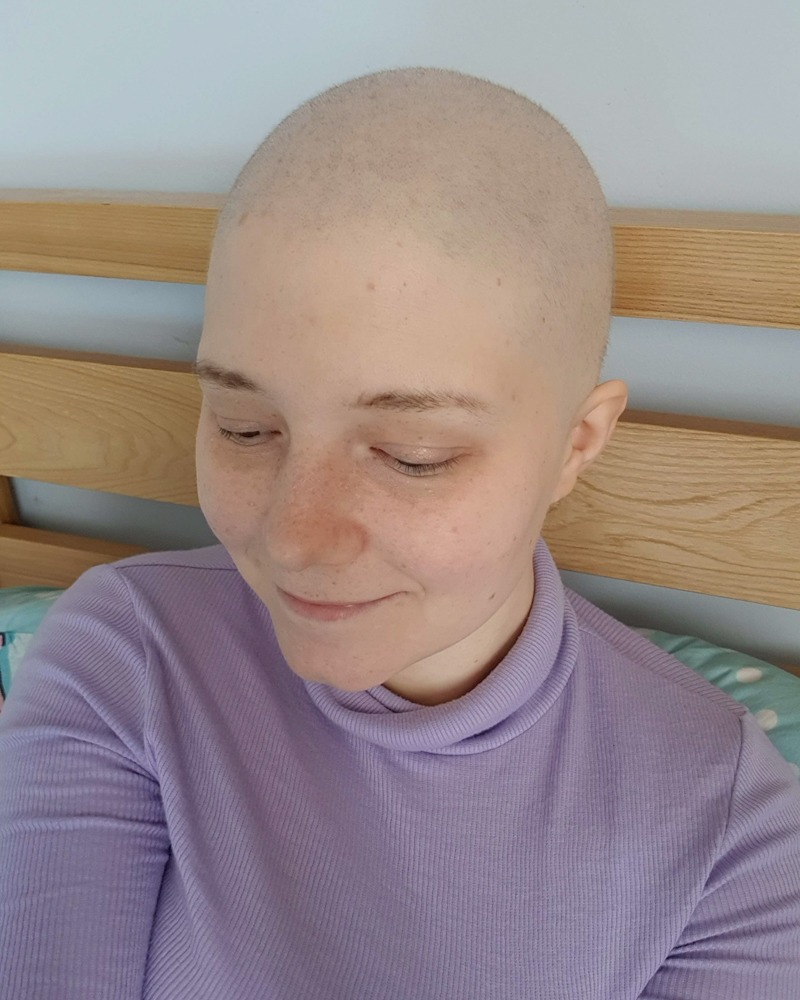Table Of Content

Some people develop headaches while wearing them, get the chills, or find them uncomfortable to wear. Some types of chemotherapy are more likely to cause hair loss than others. Talk with your doctor to learn if hair loss is a common side effect of the chemotherapy medications you’ve been prescribed. Your doctor can help you learn what to expect and when to expect it.
Prescription oral medications
Doing so may help prevent furry sheets and clogged drains, and headcovers or wigs may fit better. Hair loss is a fairly common side effect of various chemotherapy drugs. The severity of hair loss depends on things like the specific drug used, whether drugs are used in combination, the dosage, and how it is given. Other types of cancer therapies can also have effects on hair. Different types of chemotherapy drugs have varying effects, while radiotherapy causes hair loss only in the area where treatment is focused.
Financial Support
It destroys cancer cells in the area where the radiotherapy is given. About 3 to 6 months after treatment ends, your head will probably have a covering of very short hair. By 12 months after your treatment ends, you should have an idea of how thick your hair will be.
Chemotherapy Drugs That Cause Hair Loss
Cancer patients use cold cap during chemo to keep hair - LehighValleyNews.com
Cancer patients use cold cap during chemo to keep hair.
Posted: Sat, 09 Mar 2024 08:00:00 GMT [source]
Chemotherapy targets cells that divide and grow quickly—a feature of cancer cells. Chemo affects hair cells because they also divide and grow quickly. Chemotherapy and radiation kill fast-growing cancer cells.
Chemo: Finding My Inner Warrior After Losing Hair - Penn Medicine
Chemo: Finding My Inner Warrior After Losing Hair.
Posted: Wed, 23 Mar 2022 07:00:00 GMT [source]
You can shampoo and frequently condition if you prefer, but washing the hair once or twice per week is generally enough. Wearing a hair net at night can prevent your hair from falling out in clumps on your pillowcase and having to clean it up in the morning. Being gentle with your hair reduces psychological distress and minimizes breakage and loss from too much brushing, pulling, or styling of the hair. While there is no right or wrong way to care for the scalp, there are many helpful suggestions. Mayo Clinic does not endorse companies or products. Advertising revenue supports our not-for-profit mission.
Medications and Supplements for Hair Loss
You may notice hair on your pillow or in the shower drain. It may come out in clumps when washing or brushing your hair. Hair loss depends on the type of chemotherapy you receive as well as the dose and schedule of the chemotherapy. You may experience mild hair thinning or complete hair loss.
What to Expect
In women, female-pattern hair loss typically affects the crown or top of the head first, Mirmirani says. Women may notice that their part is becoming wider or that their scalp is more visible. Hair loss and hair thinning can be temporary or permanent. It’s usually genetic, but it can also be triggered by diseases or disorders that attack the hair follicles. Talk to your doctor before starting treatment to find out if and when you are likely to lose your hair. Most chemotherapy drugs are given through an IV, but some are injected into muscle, under the skin or directly into the spinal fluid.
Hair loss with chemotherapy (chemo) varies based on the type of chemotherapy drug or the combination of drugs used, the dosage, and the type of cancer you have. A cold cap is a hat that is worn during some chemotherapy treatments. Its cooling effect reduces blood flow to the scalp, which also reduces the amount of chemotherapy medication that reaches this area. Some people will experience hair thinning rather than hair loss. Hair thinning is when your hair feels and looks thinner in texture. Talk with your healthcare team about what to expect after your chemotherapy or radiation therapy.
What to know about chemotherapy and hair loss
If you're worried, you can discuss the possible risks with your specialist nurse. You have to spend longer at the hospital having your treatment if you have scalp cooling. You need to wear the cold cap for 30 minutes before you have your drugs.
Chemotherapy targets fast-growing or dividing cells, such as cancer cells, and helps slow or prevent their growth. Check with your cancer center or local community to see what resources are available. You may even be able to get head coverings for free or get insurance coverage for products like wigs if you choose.
By Jaime R. Herndon, MS, MPHHerndon is a freelance health/medical writer with a graduate certificate in science writing from Johns Hopkins University. While you are battling cancer, the most important thing is to stay emotionally and mentally strong for the fight. Your hair will very likely grow back, and above all, it does not define you. If your hair has not entirely fallen out, you may want to consider a new, low-maintenance hairstyle. A pixie cut, for example, requires little hair product and allows you to style in whatever direction needed to conceal thinning patches.

Low-dose oral minoxidil (prescribed off-label) has been found to be effective and safe for most patients, Mirmirani says. Other oft-used drugs include finasteride (Propecia) and spironolactone. Chemotherapy is often given in combination with other chemotherapy drugs or with other treatments, such as targeted therapy, radiation therapy or immunotherapy. Ask your specialist nurse if wearing a cold cap during chemotherapy is suitable for you.
No comments:
Post a Comment